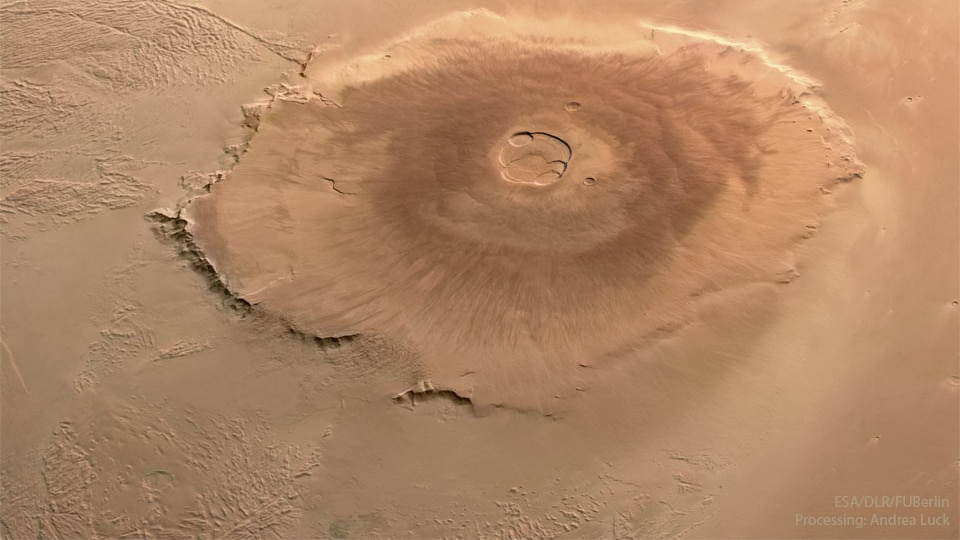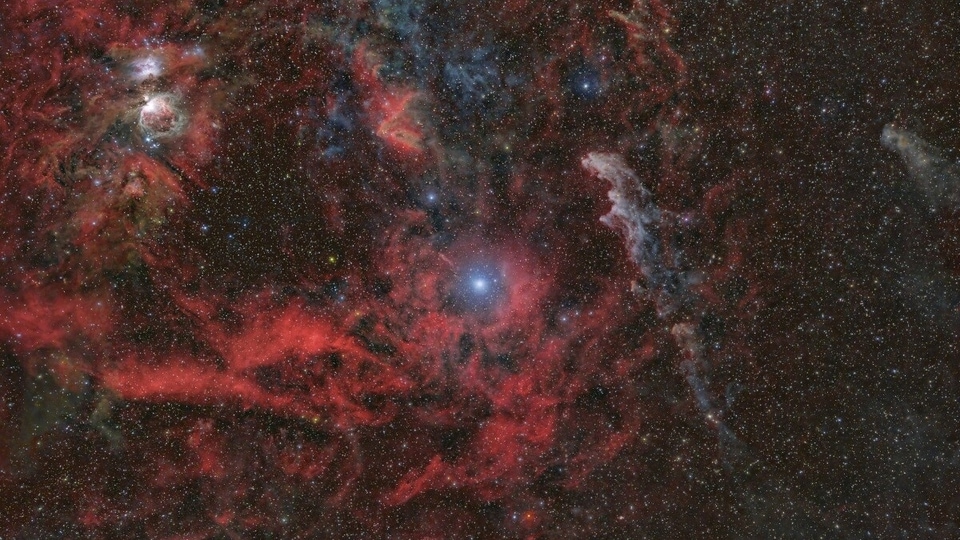In a first, NASA's Perseverance Rover snaps evidence of fast moving, 'Wild' river
NASA's Perseverance Rover has detected signs of a turbulent river on Mars.






 View all Images
View all ImagesNASA has been actively looking for evidence of water environments on Mars that could help scientists to seek out signs of ancient microbial life on Mars. Recently, NASA's Perseverance rover has shared an image of Mars which potentially reveal traces of a lively former river on Mars. This river appears to have been deeper and swifter than any other previously documented evidence of Martian water bodies.
The Mars Perseverance rover is currently investigating the top of a fan-shaped sedimentary rock, which is 820-foot (250 meters) in height. The rock layers exhibit curved formations, indicating the influence of flowing water. Scientists aim to unravel one crucial question - "Is that water flowed in relatively shallow streams – closer to what NASA's Curiosity rover has found evidence of in Gale Crater – or a more powerful river system."
NASA says, several years ago, scientists observed a sequence of curving bands of layered rock within Jezero Crater, which they referred to as the "curvilinear unit." Although these layers were visible from space, it is only now, with the aid of Perseverance, that scientists have the opportunity to closely examine them. The presence of these curved layers indicates that they were shaped by the forceful movement of water.
More evidence of river on Mars
Mars Perseverance has also captured a second mosaic, revealing a different location within the curvilinear unit, located approximately 450 meters away from Sprinkle Haven. Referred to as "Pinestand," this solitary hill exhibits layered rocks that curve upwards, reaching heights of up to 66-foot. NASA scientists suggest that these elevated layers might have been shaped by the forceful flow of a river.
Although they are also considering alternative explanations for their formation. However, one of the NASA scientists suggests that these layers are anomalously tall for rivers on Earth. However, it must also be noted that the most common way to create these kinds of landforms would be a river.
About NASA's Mars Perseverance mission
Launched on July 30, 2020, the key objective of NASA's Perseverance mission on Mars is astrobiology, which means the search for signs of ancient microbial life on the red planet. The rover of the mission will distinguish the planet's geology and past climate, which in the future will pave the way for human exploration of the Red Planet.
Catch all the Latest Tech News, Mobile News, Laptop News, Gaming news, Wearables News , How To News, also keep up with us on Whatsapp channel,Twitter, Facebook, Google News, and Instagram. For our latest videos, subscribe to our YouTube channel.
































